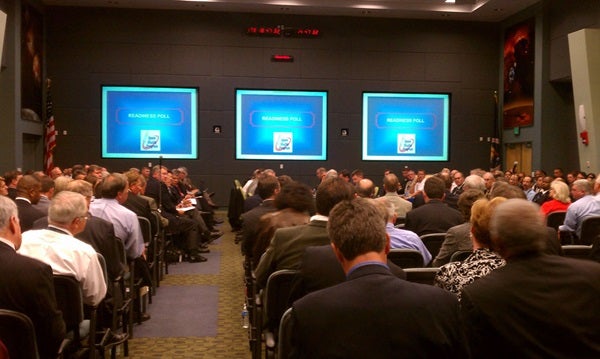The launch date was announced June 28 at the conclusion of a flight readiness review at Kennedy. During the meeting, senior NASA and contractor managers assessed the risks associated with the mission and determined the shuttle and station’s equipment, support systems, and personnel are ready.
Atlantis‘ STS-135 mission will deliver the Raffaello multipurpose logistics module filled with supplies and spare parts to sustain space station operations after the shuttles are retired.
The mission also will fly the Robotic Refueling Mission (RRM), an experiment designed to demonstrate and test tools, technologies, and techniques needed to robotically refuel satellites in space — even satellites not designed to be serviced. The crew also will return an ammonia pump that recently failed on the station. Engineers want to understand why the pump failed and improve designs for future spacecraft.
The launch date was announced June 28 at the conclusion of a flight readiness review at Kennedy. During the meeting, senior NASA and contractor managers assessed the risks associated with the mission and determined the shuttle and station’s equipment, support systems, and personnel are ready.
Atlantis‘ STS-135 mission will deliver the Raffaello multipurpose logistics module filled with supplies and spare parts to sustain space station operations after the shuttles are retired.
The mission also will fly the Robotic Refueling Mission (RRM), an experiment designed to demonstrate and test tools, technologies, and techniques needed to robotically refuel satellites in space — even satellites not designed to be serviced. The crew also will return an ammonia pump that recently failed on the station. Engineers want to understand why the pump failed and improve designs for future spacecraft.










